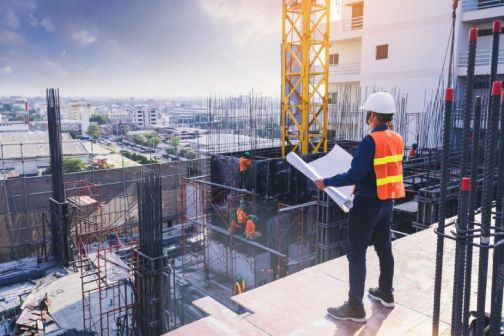Do you have to comply with Government’s notional building types?

As Part L and Part F are rewritten to reflect the Government’s proposals within the Future Homes Standard, specifiers are facing the prospect of moving away from traditional designs towards a new way of providing buildings services.
The Future Homes Standard consultation gave an insight into what this may look like for 2021 and 2025 through Government’s supporting notional building designs.
What is a notional building?
A notional building is a theoretical design of a compliant specification. It is intended to be an aid to designers, showing how compliance might be achieved using certain technologies or u-values. However, this only acts as a suggestion.
So long as a development meets the required performance targets and minimum standards within the regulations, the technologies used to achieve compliance can be specified by the building designer and need not mirror those used in the notional building.
This allows for greater flexibility during planning stages and for the best solutions for that project to be installed, rather than locking industry to a single vision.
What is the Future Homes Standard?
In 2019, Government launched the consultation for the Future Homes Standard and the proposed 2020 updates to Part L and Part F of the Building Regulations for new residential developments. The Future Homes Standard is a view of how central Government sees residential buildings in 2025, with very strong alignment between this and the future outlook from the Welsh Government. It has been proposed that to meet this standard, new developments would need to produce 75- 80% less carbon dioxide emissions than one built to the 2013 (or 2014 in Wales) Part L requirements.
The Government has suggested that the notional dwelling for 2025 could include:
Heat pump technology
Waste water heat recovery
Triple glazing
Minimum standards for walls, floors and roofs that significantly limit any heat loss
Download our guide on HVAC Specification Under New Regulatory Standards to find out more about the Future Homes Standard, and the technologies which become specifiable under the proposed 2020 changes to Part L and Part F.








